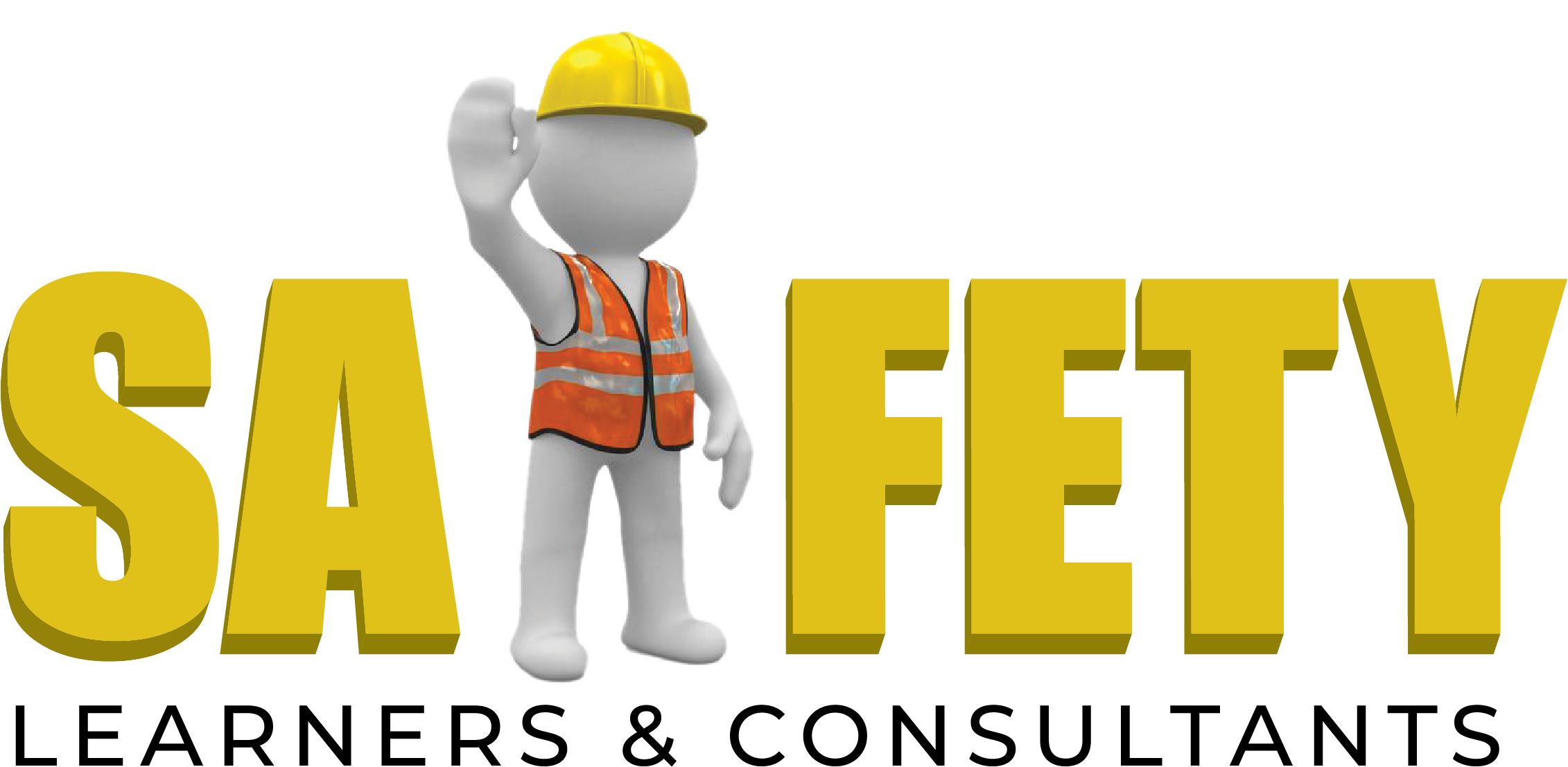ISO CERTIFICATIONS
ISO certifications refer to the internationally recognized standards developed by the International Organization for Standardization (ISO). These standards provide guidelines, requirements, and specifications for various aspects of business operations, processes, and practices. Achieving ISO certification signifies that an organization adheres to the specific requirements outlined in the standard and has implemented processes to ensure quality, efficiency, safety, and environmental responsibility.
ISO 14001 is a globally recognized standard for Environmental Management Systems (EMS) developed by the International Organization for Standardization (ISO). This standard provides a framework that organizations can use to establish and manage their environmental responsibilities effectively. The ISO 14001 certification signifies an organization’s commitment to environmental sustainability and its efforts to minimize its impact on the environment. Here’s an overview of ISO 14001 and what it entails:
Key Principles of ISO 14001:
- Environmental Policy: Organizations must establish an environmental policy that outlines their commitment to environmental protection, compliance with regulations, and continuous improvement.
- Environmental Aspects and Impacts Assessment: Organizations identify and assess their activities, products, and services that have an impact on the environment. They evaluate the significance of these impacts and prioritize them for management.
- Legal and Regulatory Compliance: Organizations ensure that their operations, products, and services comply with relevant environmental laws, regulations, and permits.
- Objectives and Targets: Organizations set specific environmental objectives and targets that align with their policy and commit to improving their environmental performance.
- Environmental Management Programs: Organizations develop plans and programs to achieve their environmental objectives and targets. These programs include action plans, responsibilities, resources, and timelines.
- Resources and Competence: Organizations allocate the necessary resources and provide training to ensure that employees have the skills to contribute to effective environmental management.
- Communication: Effective communication within the organization and with relevant stakeholders is essential for transparent and responsible environmental management.
- Emergency Preparedness and Response: Organizations prepare for and respond to environmental emergencies to minimize potential harm and damage.
- Monitoring and Measurement: Organizations establish systems to monitor and measure their environmental performance, ensuring that objectives are met and improvements are tracked.
- Internal Audit: Organizations conduct regular internal audits to assess the effectiveness of their EMS and identify areas for improvement.
- Management Review: Top management periodically reviews the organization’s EMS to ensure its continued suitability, adequacy, and effectiveness.
ISO 31000 is an internationally recognized standard for Risk Management developed by the International Organization for Standardization (ISO). This standard provides a framework and principles for organizations to establish a comprehensive and effective risk management system. The ISO 31000 standard is not a certification standard itself, but rather a guideline that organizations can use to enhance their risk management practices. Here’s an overview of ISO 31000 and its key principles:
Key Principles of ISO 31000:
- Integration into Organizational Processes: ISO 31000 emphasizes the integration of risk management into an organization’s overall governance, strategy, planning, and decision-making processes.
- Customization: The standard recognizes that risk management should be tailored to the specific context, needs, and objectives of each organization.
- Structured and Comprehensive Approach: ISO 31000 provides a structured approach to risk management, including the identification, assessment, treatment, and monitoring of risks.
- Clear Communication and Consultation: Effective risk management involves transparent communication and consultation with stakeholders at all levels of the organization.
- Continuous Improvement: The standard promotes the idea that risk management is an ongoing process that requires regular review and improvement.
- Inclusiveness and Accountability: Risk management should involve people at all levels of the organization and promote shared responsibility for risk management.
- Dynamic and Iterative: The risk management process should be flexible, adaptable, and capable of responding to changes in the organization’s internal and external environment.
- Consideration of Human and Cultural Factors: ISO 31000 highlights the importance of considering human behavior, culture, and organizational behavior in the risk management process.
- Integration with Decision-Making: Effective risk management guides decision-makers in making informed choices that take into account the organization’s risk tolerance and objectives.
ISO 45001 is an internationally recognized standard for Occupational Health and Safety Management Systems (OHSMS) developed by the International Organization for Standardization (ISO). This standard provides a framework that organizations can use to establish and manage their occupational health and safety responsibilities effectively. The ISO 45001 certification signifies an organization’s commitment to creating a safe and healthy work environment for its employees and stakeholders. Here’s an overview of ISO 45001 and its key principles:
Key Principles of ISO 45001:
- Context of the Organization: Organizations must identify the internal and external factors that impact their ability to manage occupational health and safety effectively.
- Leadership and Worker Participation: Top management is responsible for demonstrating leadership and commitment to OHSMS, while workers’ involvement in decision-making is crucial for a safe workplace.
- Planning: Organizations must set clear OHSMS objectives and define strategies for achieving them while considering potential risks and opportunities.
- Support and Resources: Adequate resources, competent personnel, training, and necessary infrastructure must be provided to support effective OHSMS implementation.
- OHSMS Implementation: This involves establishing processes for hazard identification, risk assessment, incident investigation, emergency preparedness, and other OHS-related activities.
- Operational Control: Organizations must have control measures in place to prevent workplace hazards, reduce risks, and ensure safe work practices.
- Performance Evaluation: Regular monitoring, measurement, and evaluation of OHSMS performance ensure that objectives are met and improvements are identified.
- Continual Improvement: ISO 45001 promotes a culture of ongoing improvement through corrective actions, sharing lessons learned, and addressing emerging risks.
- Communication and Consultation: Effective communication and consultation with workers, contractors, and other stakeholders foster a collaborative approach to safety management.
- Worker Participation and Consultation: Workers have the right to participate in OHSMS processes and to raise concerns regarding occupational health and safety.
